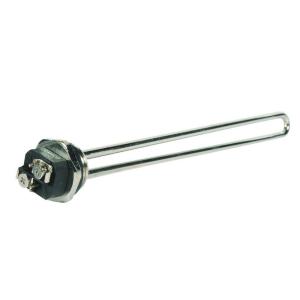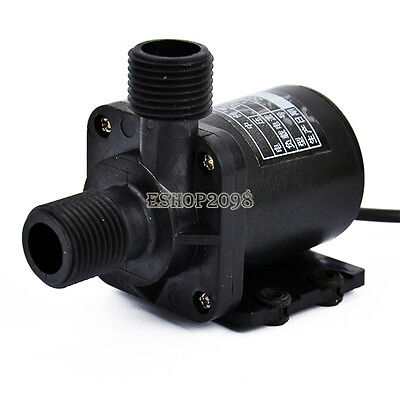at first i was thinking of a rims tube because i like the portability. then i changed my mind to build a electric boil kettle instead. im cheap and thing the stainless pipes are expensive and i dont need to do a tube.
i see a lot of cool looking recirculating e-biab. now i need recommendations on power. how about (2) 3500w 240v at 120v (875w) = 1750w?

http://www.homedepot.com/p/t/100207222?catalogId=10053&langId=-1&keyword=WATER+HEATER+ELEMENT&storeId=10051&N=5yc1v&R=100207222#.UVXcxxdaySo
how can i wire 2 of these up using 1 pid at 120v? i have a pid and a 40 ssr on the way. i need enough power to do a rolling boil in 30 min. or less w/ a 6 gal. batch
i see a lot of cool looking recirculating e-biab. now i need recommendations on power. how about (2) 3500w 240v at 120v (875w) = 1750w?

http://www.homedepot.com/p/t/100207222?catalogId=10053&langId=-1&keyword=WATER+HEATER+ELEMENT&storeId=10051&N=5yc1v&R=100207222#.UVXcxxdaySo
how can i wire 2 of these up using 1 pid at 120v? i have a pid and a 40 ssr on the way. i need enough power to do a rolling boil in 30 min. or less w/ a 6 gal. batch





